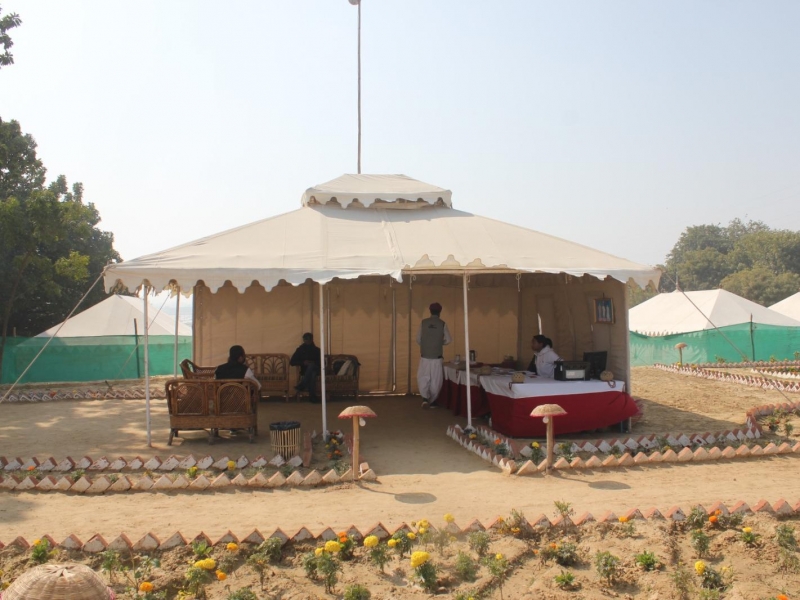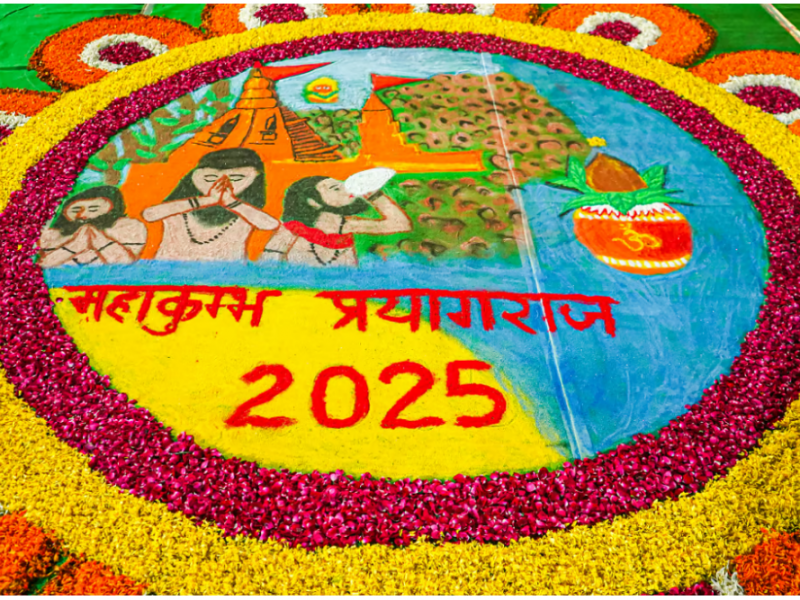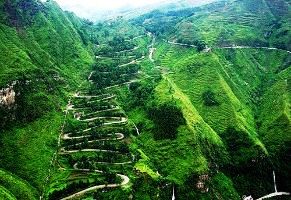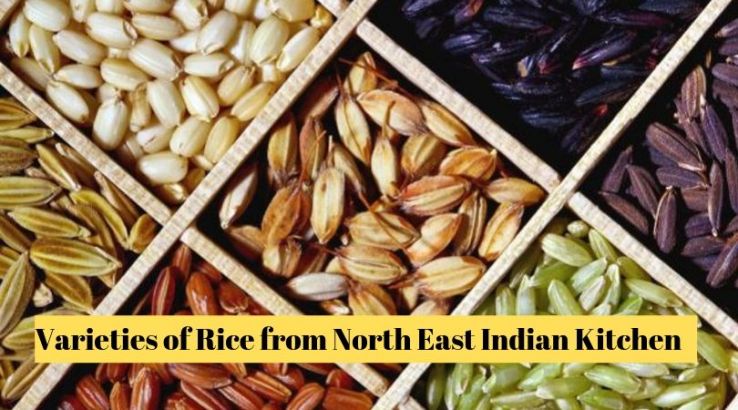
“Give a bowl of rice to a man and you will feed him for a day. Teach him how to grow his own rice and you will save his life.” – Confucious
A tiny cereal grain, predominantly white in colour — this is the rice people in Northeast love so much. Rice is an agricultural commodity and the staple food of the people here, they have an obsession with the ‘holy grain’! The love of rice by the Assamese has earned them the name ‘Bhotuwas’ one who devotedly loves and can take rice almost in every meal.
Visit any household in Assam or an ethnic restaurant for lunch or dinner; you’ll definitely be served with rice on a platter! Rice with an assortment of traditional herbs, ‘aloo pitika’, dal and fish is a must for a proper lunch meal in Assam. The non-vegetarian element can be anything between fish, duck, chicken or mutton though.
Rice grounded and mixed with elements like jaggery and sesame gives us the ‘Til Pitha’, the same with coconut and sugar element gives the ‘Narikhol Pitha’. Rice steamed in the lid of a kettle and offered with coconut and jaggery gives us the ‘Tekeli Pitha’ or Kettle Pitha. In addition to being a food item, rice is also a sacred element. It is used as a pious element in festivals, religious events, weddings and rituals. People in the Northeast take different varieties of rice — there is the sticky ‘Bora Saul’, the aromatic ‘Joha Saul’, the upland ‘Ahu Saul’, the nutritious ‘Black Rice’, the ‘Bao Dhaan’ or ‘Red Rice’ and the mud rice or ‘Boka Saul’.
1. Bora Saul
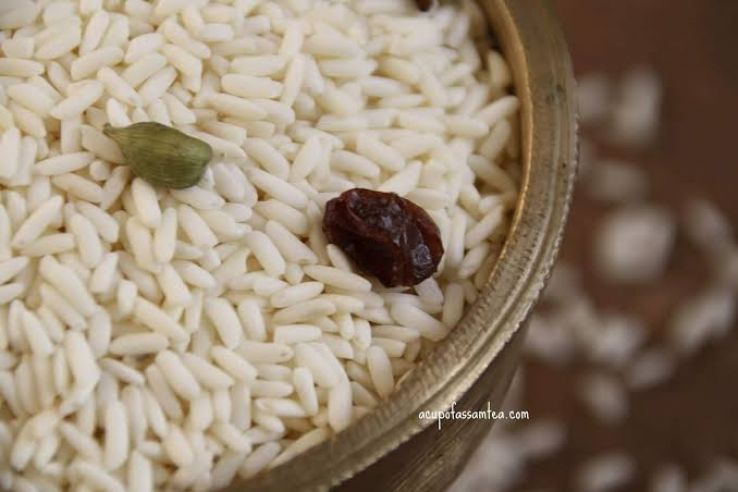
Sticky Rice Bora Saul is most commonly taken as a breakfast cereal with milk and jaggery. Its sticky quotient makes it a good element in the preparation of kheer and different Jalpan types. This rice is also used in making good quality rice beers.
2. Boka Saul
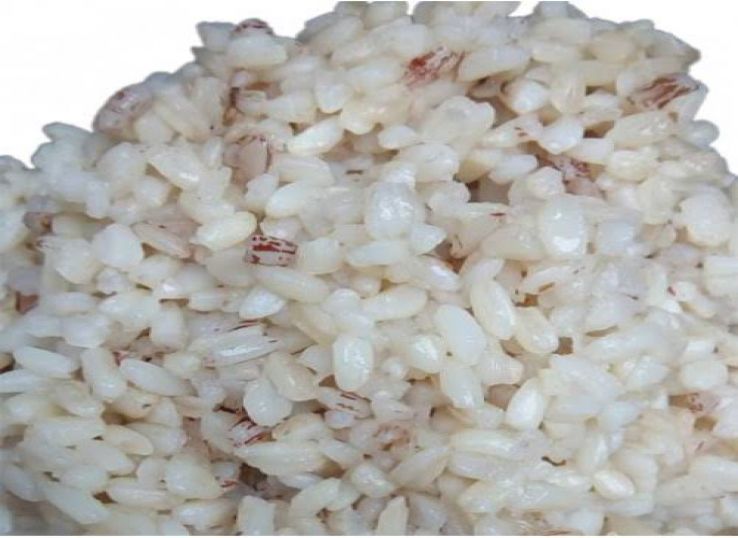
Boka Saul or mud rice is soft rice that can be taken without being cooked! Just soak it for an hour or so, add a sweet element to it and one can have it with curd or milk and banana. The Boka Saul has been recently bestowed with the GI geographical indication tag by the Government of India Intellectual Property India IPI Body.
3. Joha Rice
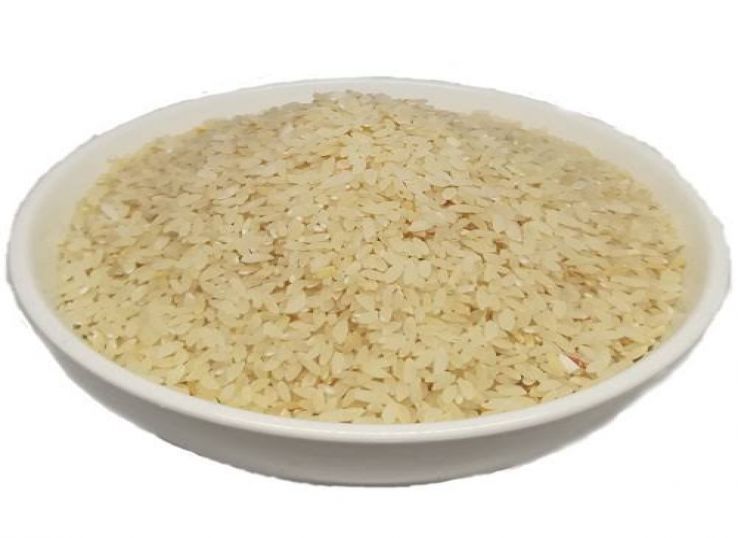
A sweet scent and antioxidant properties makes Joha Saul the favorite of rice lovers. Cultivated only in the Brahmaputra valley, the rice has fine kernels unlike the long ones of Basmati and gives a beautiful taste to the person.
4. Ahu Saul
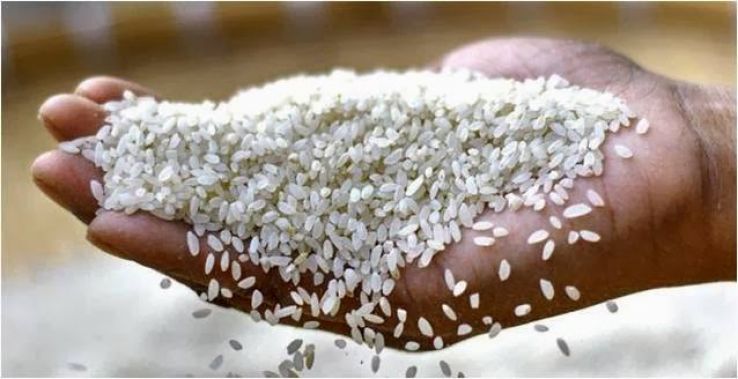
Ahu Saul as upland rice is one of the most favoured rice types by the farmers of Assam. This is because the cultivation period of this rice is characterized by low rainfall and thereby lesser floods.
5. Black Rice
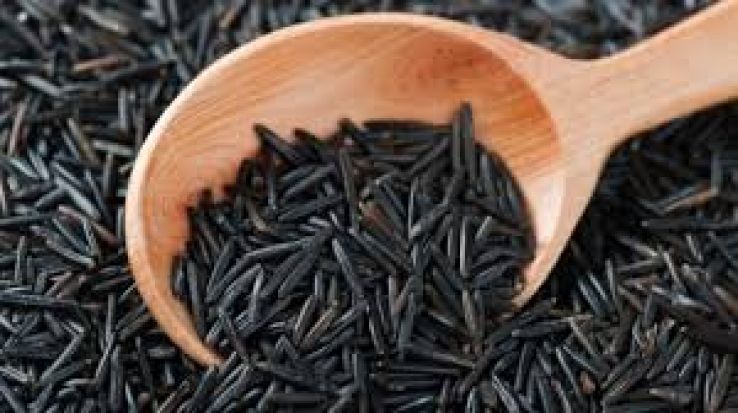
Black rice is preferred for its super nutritional value- a quality no other rice can beat. The black rice is heavier in comparison to other rice types but has a delicious nutty feel to it when eaten. Black rice is mostly used in preparing sweet dishes and puddings.
6. Red Rice
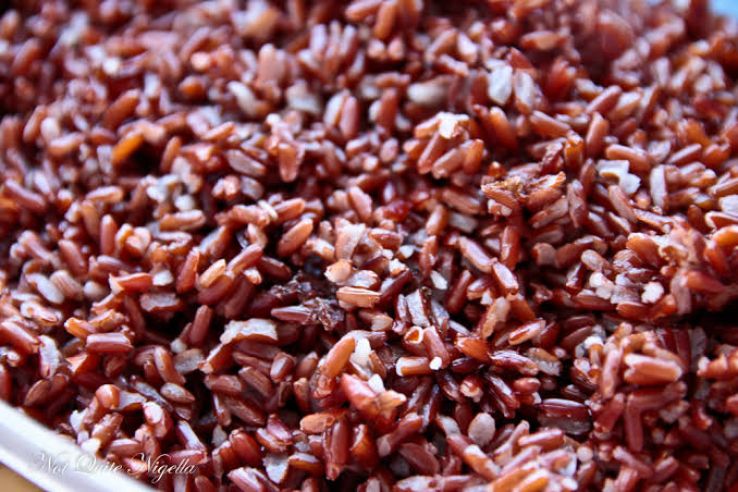
Red rice or Bao Dhaan has a unique resistant value, it can tolerate stress and withstand drought-like conditions. The Bao Dhaan grows rapidly during the rainy seasons with the rise in water levels. It is rich in fiber and nutrients like protein, magnesium and phosphorus.
The Brahmaputra-Barak River and its tributaries flank Northeast India making the soil of the region fertile and perfect for harvesting rice. Paddy is the primary food crop and is used widely for consumption.
7. Certain facts about the holy grain
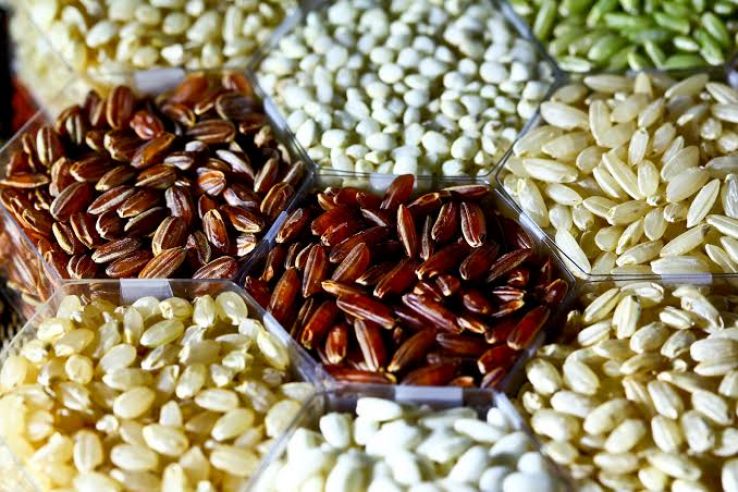
Rice cultivation accounts for more than 80% of the total cultivable land in the Northeast. The topography and soil quality makes it the best for rice cultivation.
The total rice production in the NE region estimates to around 5.50 million tonnes.
Rice cultivation is carried out in different ecosystems- from plains in the Brahmaputra-Barak valley in Assam to high altitudes of Arunachal Pradesh and Sikkim.
Recommended For You
-
 Best Places to Stay During Kumbh 2025: From Tents to Luxury Hotels
Best Places to Stay During Kumbh 2025: From Tents to Luxury Hotels
-
 The Ultimate Guide to Maha Kumbh Mela 2025 at Prayagraj
The Ultimate Guide to Maha Kumbh Mela 2025 at Prayagraj
-
 Understanding the Importance of the Sangam: The Confluence of Faith
Understanding the Importance of the Sangam: The Confluence of Faith
-
 The History and Mythology of Kumbh Mela: A Journey Through Time
The History and Mythology of Kumbh Mela: A Journey Through Time
-
 Best Places to Eat in Goa: Indulge in a Culinary Delight
Best Places to Eat in Goa: Indulge in a Culinary Delight
-
 The Future of Drone Tourism: How Drones are Changing the Travel Industry
The Future of Drone Tourism: How Drones are Changing the Travel Industry
